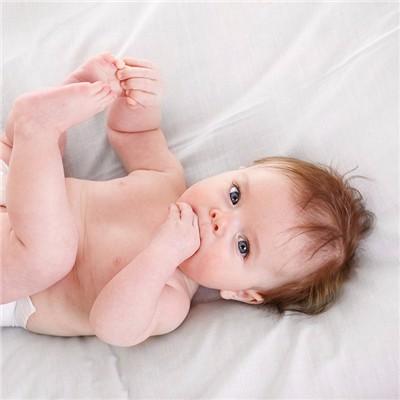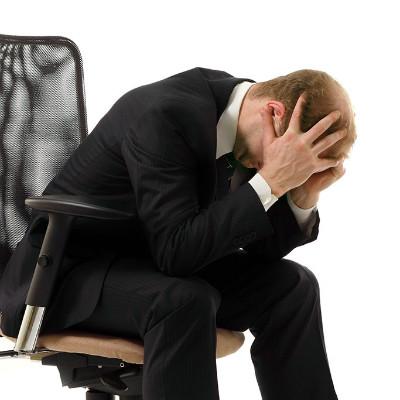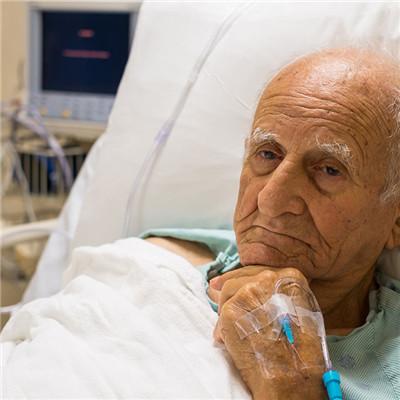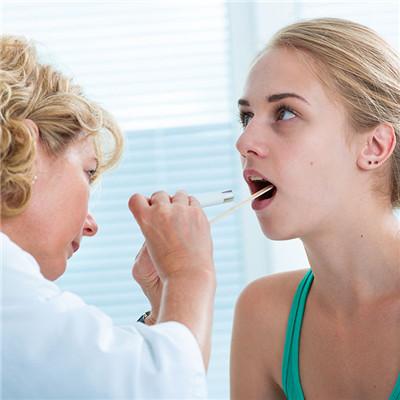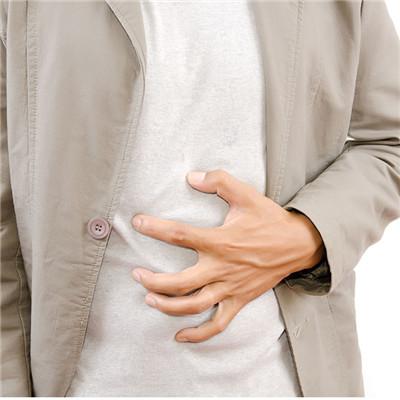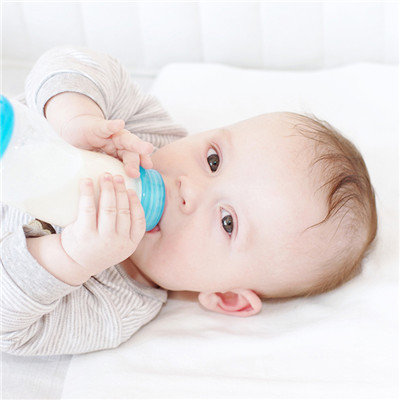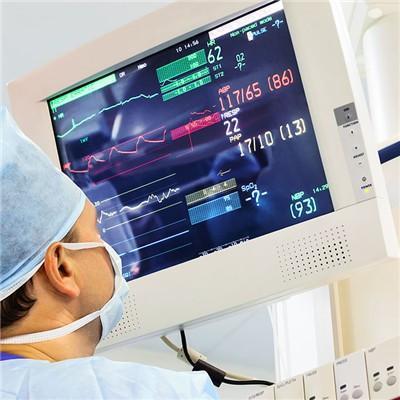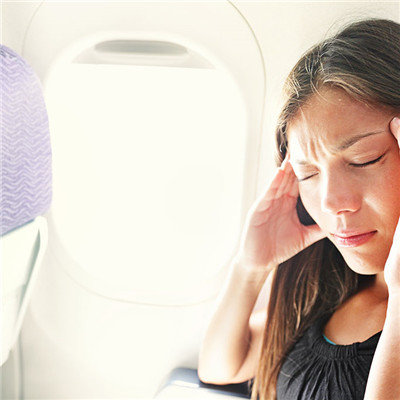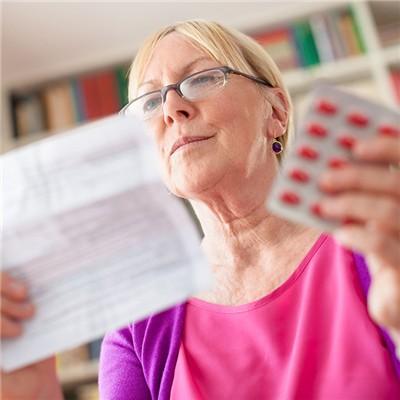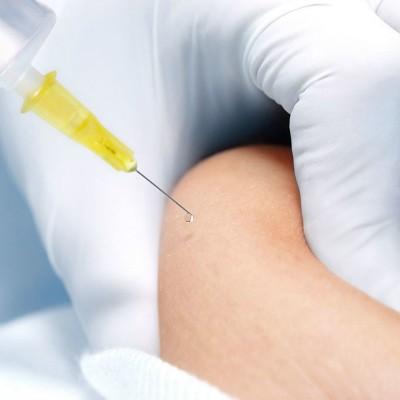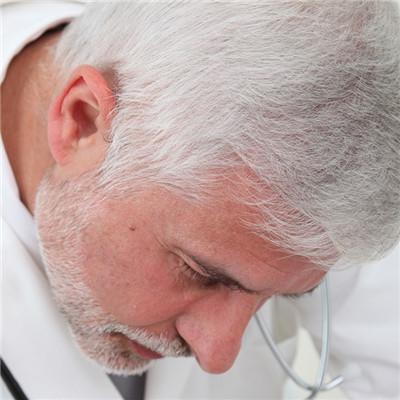What does the symptom of infantile epilepsy have
summary
There is a child in my son's kindergarten who suddenly suffers from epilepsy. His face is pale and his little body is lying on the ground. I don't know why children have epilepsy. I have learned about this disease on the Internet. Now let me talk about the symptoms of childhood epilepsy.
What does the symptom of infantile epilepsy have
First, the major attack is characterized by sudden loss of consciousness, apnea, white foam at the mouth, blue complexion, and dilated pupils. At the beginning, it is characterized by rigidity of limbs, clenching of fists, up turning of eyes or deviation of one side. Then it will become clonic twitch of muscles of face and limbs, shortness of breath, often tongue bite, and some with incontinence. The attack lasts for 1-5 minutes. After the attack, the patient is unconscious or sleepy, and wakes up after several hours. These are the symptoms of childhood epilepsy.
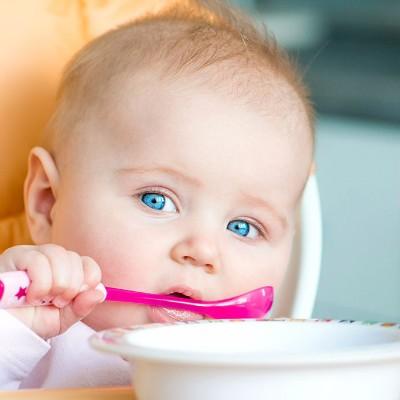
Second: the characteristics of paroxysmal is a sudden and short-term loss of consciousness, paroxysmal language interruption, activity stopped, fixed in a certain position, do not fall, two eyes staring at a loss. Sometimes pale, no muscle twitch, attack lasts 2-10 seconds, not more than 30 seconds, will soon recover consciousness, and continue normal activities.
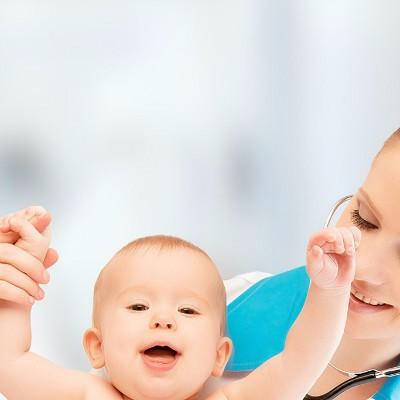
Third: some children suddenly have a transient loss of muscle tension, can not maintain posture, attack lasts 1-3 seconds, can be continuous for several times, incomplete loss of muscle tension can be shown as a sudden bow. If the whole body muscle tension loss can suddenly fall, consciousness temporarily unclear. Immediately wake up after the attack, immediately stand up, this situation is known as the motionless seizure, but also a kind of epilepsy.
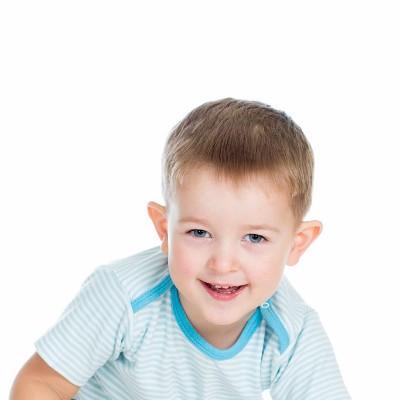
matters needing attention
The probability of children suffering from epilepsy is relatively large, parents should also pay attention to some of the children's state in life, can compare the above symptoms, so as to confirm whether the child has symptoms of epilepsy, and can also find the disease as soon as possible and control it as soon as possible.
